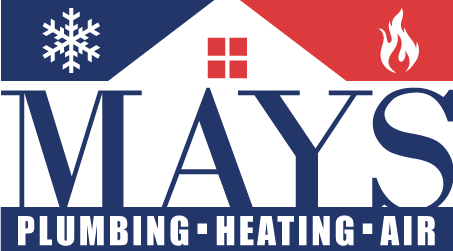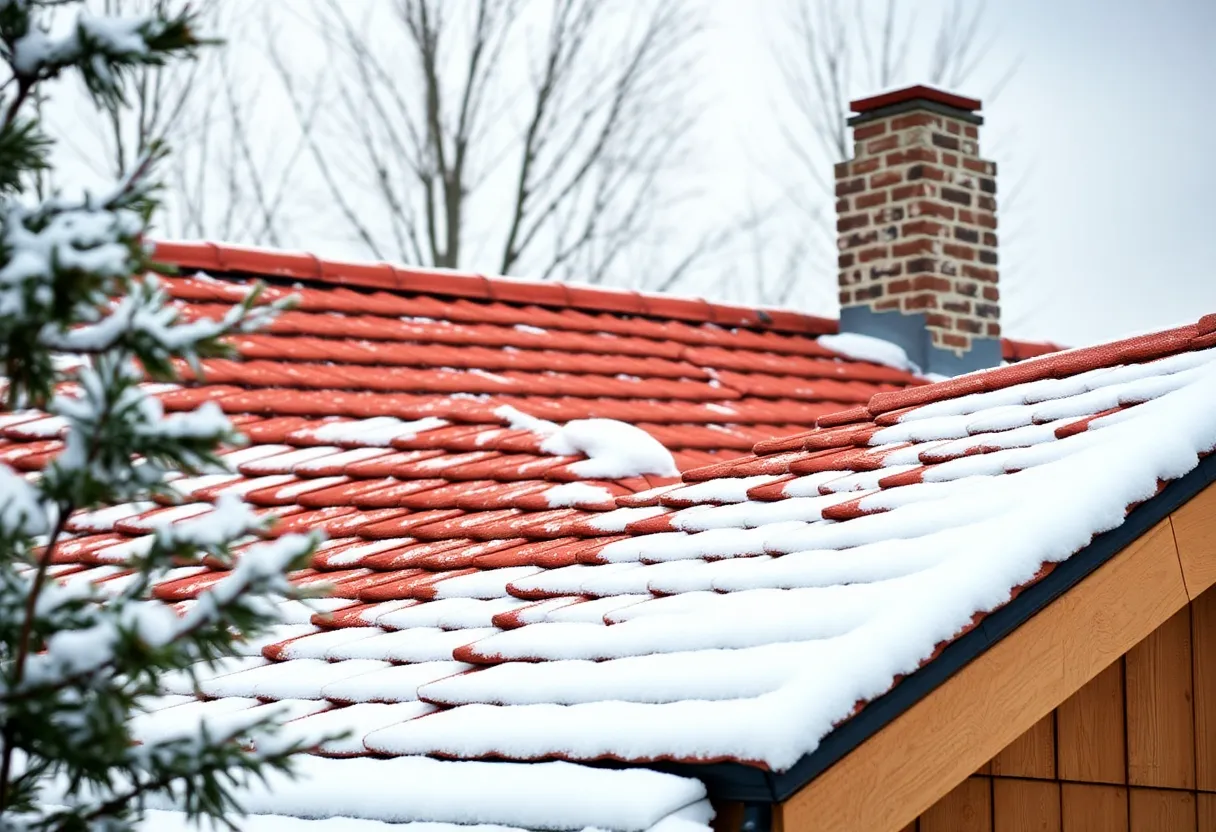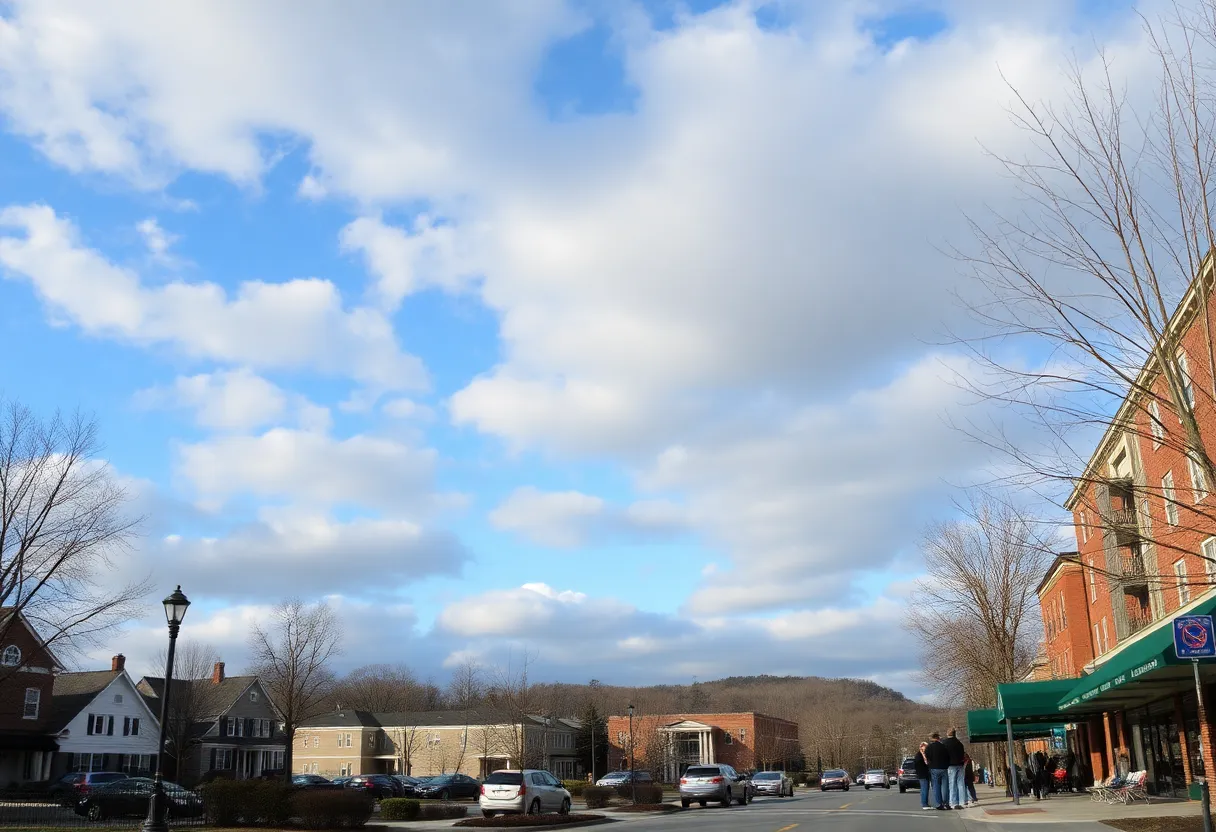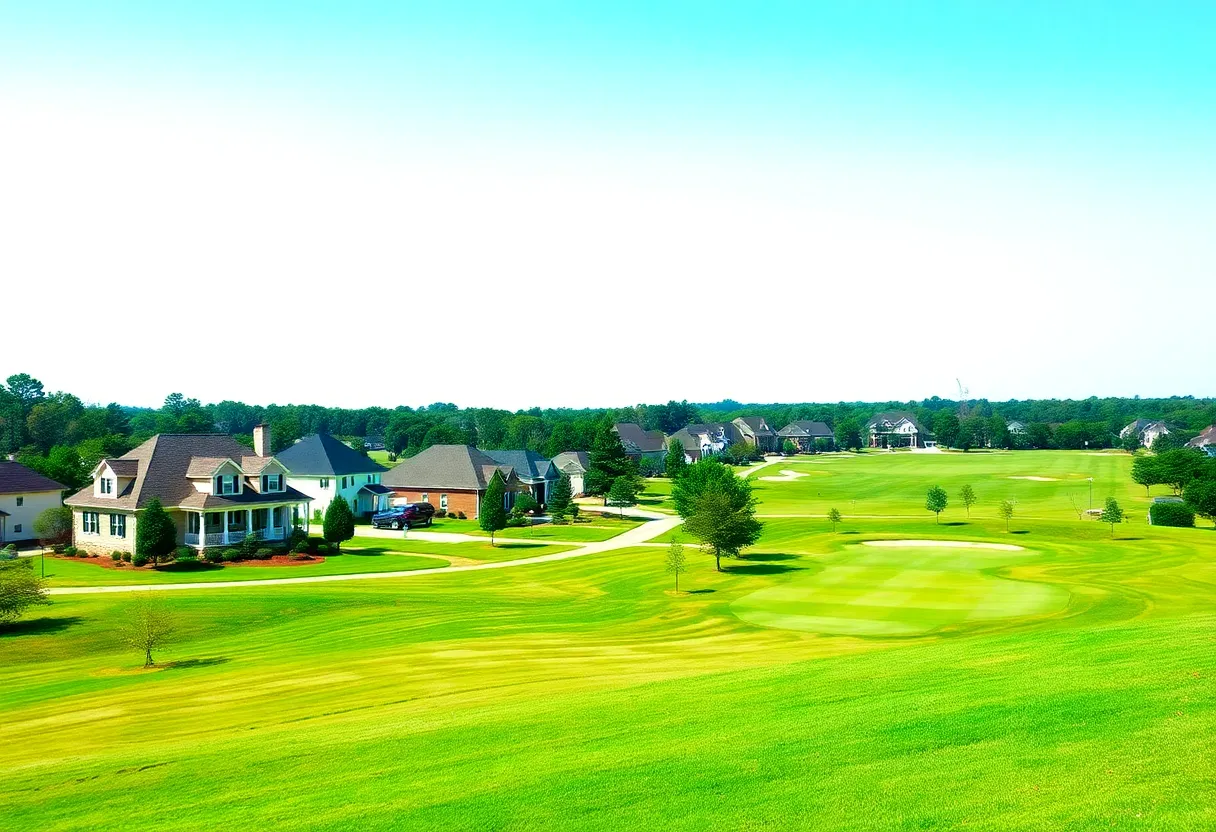How to Effectively Upgrade Your Roof for Optimal Winter Performance
Understanding the Importance of a Winter-Ready Roof
Winter brings unique challenges for homeowners, especially regarding roof performance. Snow accumulation, ice dams, and extreme cold can significantly impact a roof’s structure. A properly upgraded roof can enhance thermal performance, reduce energy costs, and prevent costly repairs.
Assess Your Current Roof Condition
The first step in upgrading your roof is to conduct a thorough assessment. Look for the following:
- Shingles: Check for cracked, missing, or curling shingles.
- Flashing: Inspect for rust or damage around chimneys and vents.
- Gutters: Ensure they are clear from debris and functioning properly.
- Insulation: Look for signs of moisture and evaluate current insulation levels in your attic.
If you notice significant damage, consider consulting a roofing professional for a detailed inspection.
Choosing the Right Roofing Material
When upgrading your roof, selecting materials that withstand winter conditions is crucial:
Asphalt Shingles
Popular and cost-effective, asphalt shingles come in various styles. Ensure to choose those rated for high wind resistance and impact protection.
Metal Roofing
Metal roofs are durable and excellent for snow shedding, minimizing the risk of ice dams. Look for materials with a snow-resistance rating to ensure optimal performance.
Tile and Slate
Tile and slate roofs offer longevity but come with higher costs. Their weight and ability to resist harsh conditions make them ideal for winter performance.
Enhancing Insulation and Ventilation
Proper insulation and ventilation are essential for maintaining a warm interior while protecting the roof’s integrity.
Upgrade Insulation
Consider adding more insulation to your attic to prevent heat loss. Cellulose or spray foam insulation can enhance thermal performance and reduce energy costs.
Improve Ventilation
This helps regulate temperatures in the attic. Install ridge vents or solar-powered attic fans to maintain consistent air flow. This reduces the risk of ice dams by keeping the roof temperature steady.
Sealing Gaps and Cracks
Small gaps can lead to significant heat loss. Identify and seal openings around:
- Roof fixtures (vents, chimneys)
- Flashing areas
- Where the roof meets the walls
Use high-quality caulk or foam sealants to ensure a tight seal.
Investing in a Snow Barrier System
Ice dams can cause severe damage. Installing a snow barrier system adds protection to your roof:
Heat Cables
Heat cables can be installed along the eaves of your roof. They melt snow and ice, preventing accumulations that lead to ice dams.
Snow Guards
These devices secure snow on the roof, preventing it from sliding off suddenly, which could harm people or property below.
Regular Maintenance and Inspections
Routine maintenance is vital for ensuring the longevity and performance of your roof during winter.
- Clean Gutters: Remove leaves and debris before winter.
- Trim Trees: Prevent overhanging branches from damaging the roof under heavy snow.
- Conduct Yearly Inspections: Check for wear and tear post-winter to identify issues arising from snow and ice.
Climate Considerations
Understanding your specific climate can guide upgrades for optimal performance:
Cold and Snowy Regions
In areas with heavy snowfall, opt for steep-sloped roofs that facilitate snow shedding. Choose materials that can support the weight of accumulated snow.
Moderate Climates
Areas that experience occasional snow may benefit from resilient materials and enhanced insulation to prevent ice dam formation.
Incorporating Modern Technology
Integrate technology that can enhance your roof’s performance:
Smart Roof Systems
These systems can monitor temperature and moisture levels. They provide alerts for potential issues like ice dam formations before they escalate.
Financial Considerations
Upgrading a roof can present substantial costs, and understanding the financial implications is crucial:
- Budgeting: Set a realistic budget considering materials, labor, and potential upgrades.
- Return on Investment: Consider energy savings and potential home value increases when investing in durable materials.
- Financing Options: Investigate financing options or incentives offered for energy-efficient upgrades.
Conclusion
Upgrading your roof for optimal winter performance requires a comprehensive approach, from assessing current conditions to selecting the right materials. Maintaining proper insulation, ventilation, and regular inspections will further enhance your roof’s efficiency. By investing in quality and staying informed, homeowners can ensure their roofs withstand winter’s challenges, thereby preserving the structure and comfort of their homes.
Author: STAFF HERE Chapin
CHAPIN STAFF WRITER The CHAPIN STAFF WRITER represents the experienced team at HEREchapin.com, your go-to source for actionable local news and information in Chapin, Lexington County, and beyond. Specializing in "news you can use," we cover essential topics like product reviews for personal and business needs, local business directories, politics, real estate trends, neighborhood insights, and state news affecting the area—with deep expertise drawn from years of dedicated reporting and strong community input, including local press releases and business updates. We deliver top reporting on high-value events such as the Chapin Christmas Parade, Fourth of July Celebration, and the Chapin Fall Festival. Our coverage extends to key organizations like the Chapin Chamber of Commerce and the Lexington School District One, plus leading businesses in retail and recreation that power the local economy such as Lake Murray Tourism and the Chapin Visitor Information. As part of the broader HERE network, including HEREaiken.com, HEREbeaufort.com, HEREchapin.com, HEREcharleston.com, HEREclinton.com, HEREcolumbia.com, HEREgeorgetown.com, HEREgreenwood.com, HEREgreenville.com, HEREhiltonhead.com, HEREirmo.com, HEREmyrtlebeach.com, HEREnewberry.com, HERErockhill.com, HEREspartanburg.com, HEREaustin.com, HEREcollegestation.com, HEREdallas.com, HEREhouston.com, and HEREsanantonio.com, we provide comprehensive, credible insights into South Carolina's dynamic landscape.




 Mays Contracting
Mays Contracting

